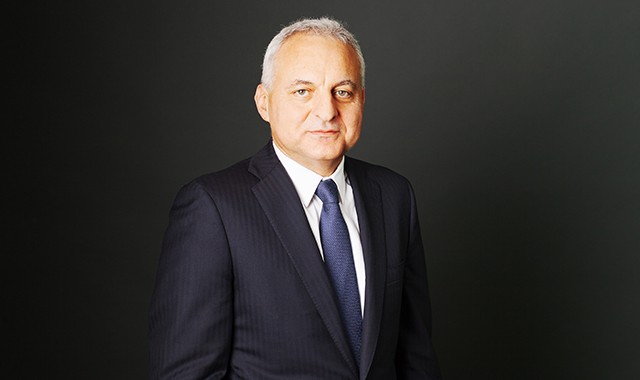British aircraft engine maker Rolls-Royce on Tuesday said it had chosen former BP executive Tufan Erginbilgic to replace long-serving chief executive Warren East.
Erginbilgic, a dual UK and Turkish national, replaces East from the start of 2023, Rolls said in a statement.
East is stepping down after a tumultuous eight years in the top role during which time he turned around performance and slashed thousands of jobs.
Rolls-Royce chair Anita Frew described Erginbilgic, 62, as “a proven leader of winning teams within complex multinational organizations”.
She said he had “an ability to drive a high-performance culture and deliver results for investors”.
Erginbilgic worked for more than 20 years at BP, including as head of its downstream unit.
He left the British energy major in 2020 and is currently a partner at private equity firm Global Infrastructure Partners.
East told AFP last week that he was “quite pleased” with his time at Rolls-Royce.
“We’ve put in place a lot of efficiency and productivity improvements,” he said on the sidelines of the Farnborough Airshow, adding that the engine maker’s focus was on decarbonization of aviation.
The 60-year-old’s tenure was marked by corruption fines that pre-dated his arrival, as well as troubles with the company’s Trent family of engines.
Rolls, whose products power Airbus and Boeing aircraft, axed 9,000 jobs and offloaded assets in drastic cost-cutting after the Covid pandemic grounded jets and sparked a collapse in air traffic.
East guided the group back to profit in 2021 after the painful restructuring and Rolls has gone on to reap the benefits of aviation’s recovery and growth in government defense spending.

